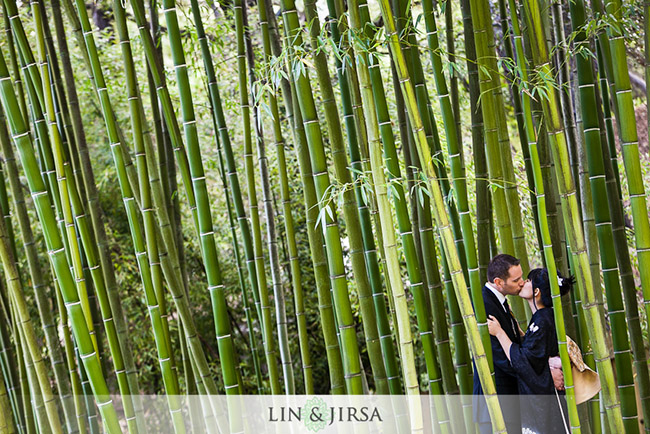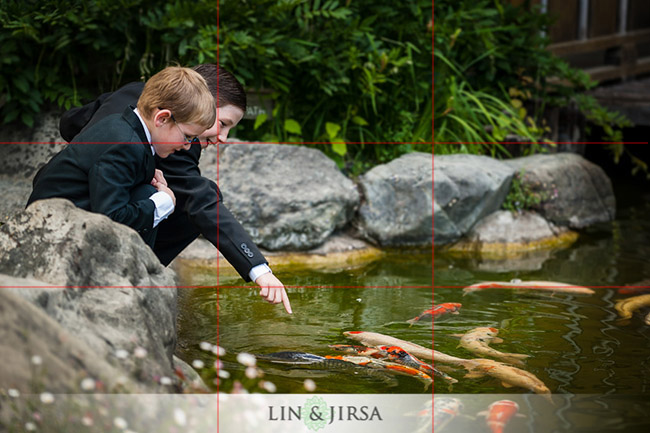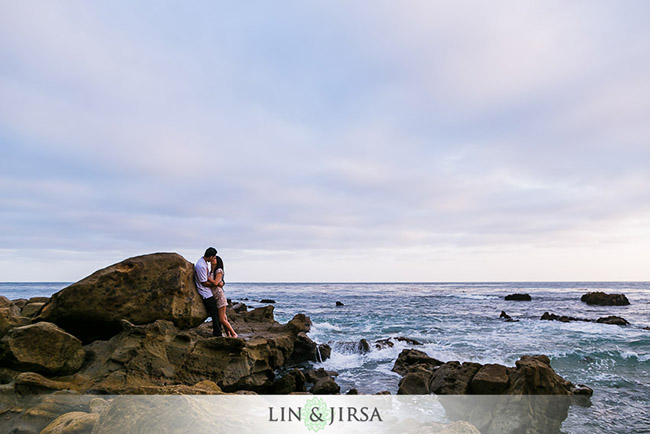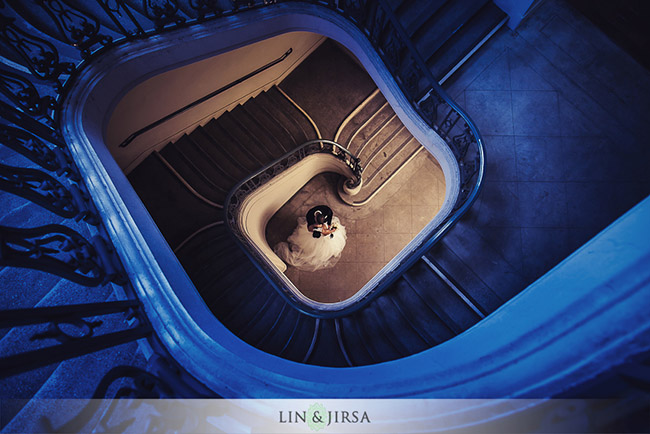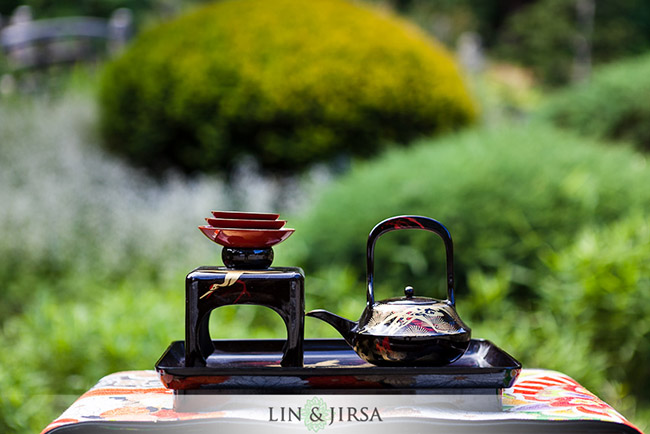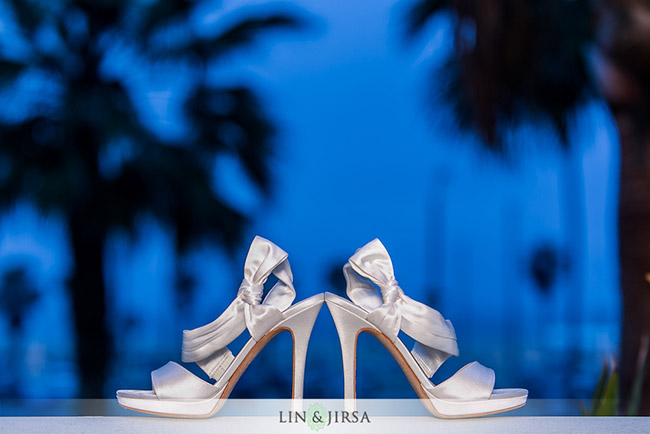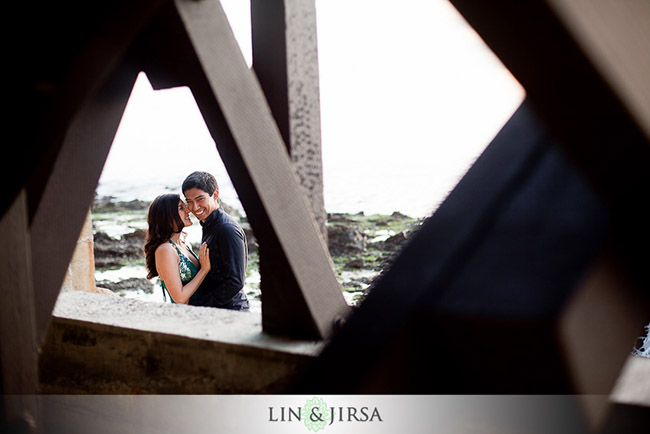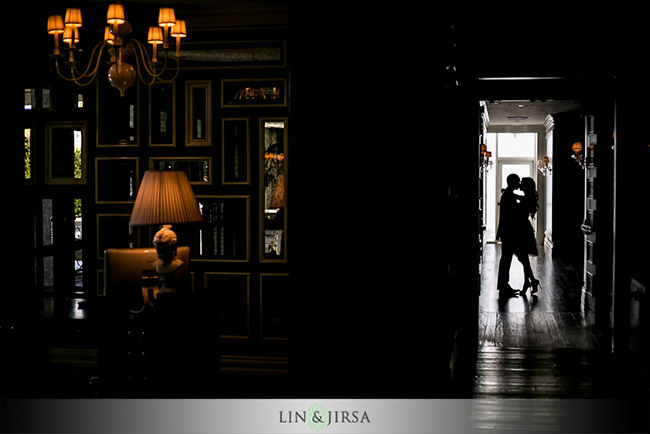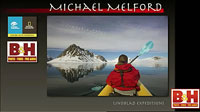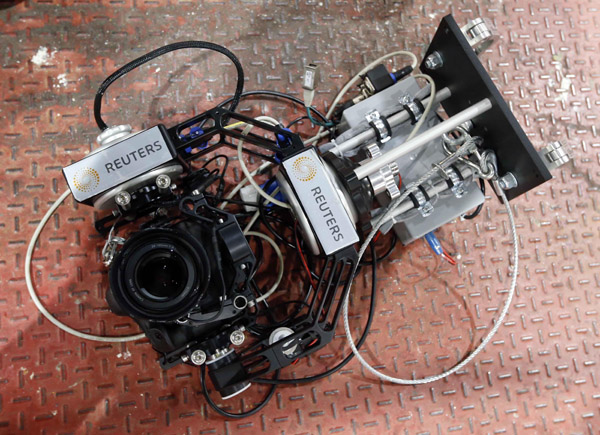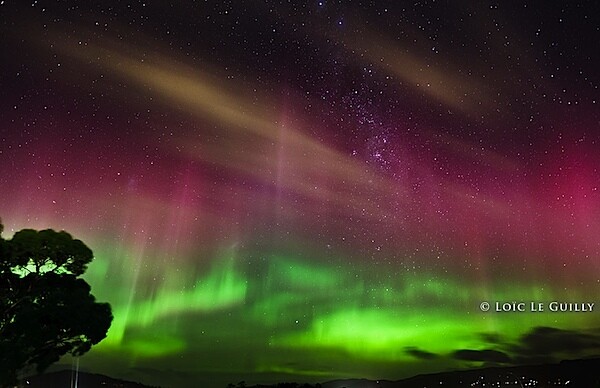
Your D800 is in the mail
On Sunday 15th of July 2012 I went to a friend’s house to borrow his camera. I had a photo shoot the next day and I had nothing decent to shoot with. My newly ordered Nikon D800 was in the mail… apparently. And I had sold my trusted D3X a few days before. D’oh!Tonight is the night
I had warned my friend. “Tonight could be a good night for an aurora… are you cool with me picking up the camera this evening ?”. “Sure no problem” he said. After a good chat about the merits of Canon vs Nikon (he is a Canon guy), I say thanks and start to leave. As I step outside I look towards the southern Tasmanian sky and sure enough, the aurora is happening. A greenish glow is dancing gently over the horizon. “Are you sure you don’t want to grab some shots… I don’t mind waiting”. He hesitates a bit, I insist and soon enough we setup tripod and camera on his deck, watching in awe what turns out to be the most active aurora in recent years.Borealis and australis
An aurora happens when charged particles are carried by solar winds and hit the earth’s atmosphere. The particles transfer their energy to the molecules of oxygen and nitrogen. When these excited molecules return to their stable state they release light (mostly green and red). This is what we see when we see an aurora. When it hits the north pole it is called aurora borealis, when it hits the south pole it is called aurora australis. If the aurora australis is strong, it can be seen not only at the south pole but also at lower latitudes such as Tasmania and New Zealand.How to photograph an aurora
My friend started shooting and the results on the camera screen were pretty exciting. The camera sensor and a long exposure reveal a lot more light and colour that can be seen by the naked eye. He kindly offered me to shoot a few frames. I decided to go for it with a 30 second exposure at 3200 iso, 16mm rectilinear lens wide open at f2.8. This can be too bright for really active auroras but I wanted to capture as much of the Milky Way as possible. The first shot I took is the one you see below (straight out of the camera). When I checked the image on the camera the green of the aurora looked very bright but I knew it wasn’t completely overexposed. But the upper red glow was recorded very nicely. Some low drifting clouds added a nice movement to the shot.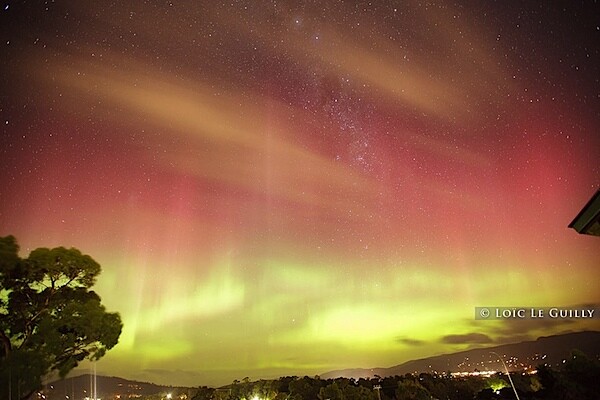
Post processing in Lightroom
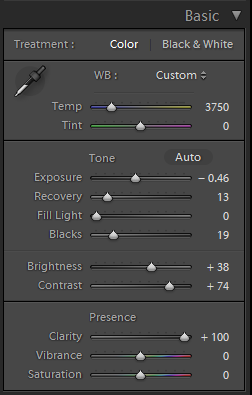
I was very excited by the shot I got but I knew I could improve it in Lightroom (I had shot in raw format as I always do). This is a what I did :
- crop and straighten
- white balance – In my experience long exposures introduce a yellow tinge to night photographs. I took the white balance from daylight (5500K) to 3750K.
- exposure – I reduced the overall exposure by half a stop. I also applied another -1 stop to the green part of the aurora (with the adjustment brush).
- contrast – Long exposures at night tend to give flat images. I increased the overall contrast of the image (blacks to 19, contrast to 74, curve to medium contrast). I also pushed the local contrast (clarity to 100). That setting alone revealed the “curtain” of the aurora really well. Finally I increased the contrast further to the top third of the image to darken the sky.

And here is another image made from 2 shots stitched together in PTGUI. This one was 20 seconds at 3200 iso.

Not bad for a first night with an aurora.
How to know when an aurora might be coming ?
Personally I use the Facebook group Aurora Australis Tasmania. Its members are very knowledgeable and helpful. There is another Facebook group which is less Tasmania specific, Aurora Australis.Final tips for photographing an aurora australis
- a clear night
- a spot looking south and ideally away from city lights (to avoid light pollution and flare)
- a tripod + camera + wide angle lens (ideally f2.8 or faster)
- use a remote trigger with mirror lock to reduce camera shake (if no remote than use timer on camera)
- ideally shoot in raw format for better quality
- noise reduction off (if shooting raw) to save time
- manual focus to infinity (test on a clear night before hand to avoid disappointment)
- iso 1600 to 3200 (or more if your camera can handle)
- exposure 10 to 30 seconds (longer exposures will start to show stars as trails rather than dots)
- these settings will depend on the brightness of the aurora so experiment, adjust and shoot lots of images !
Read more:
How I Captured my First Aurora Australis


